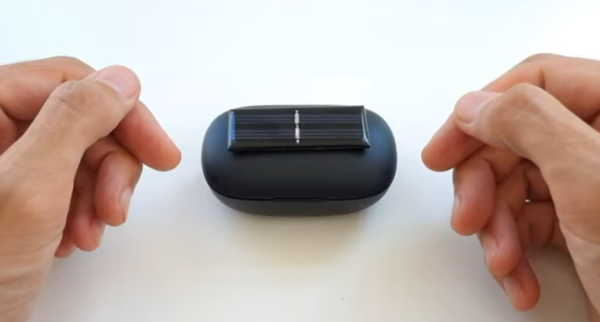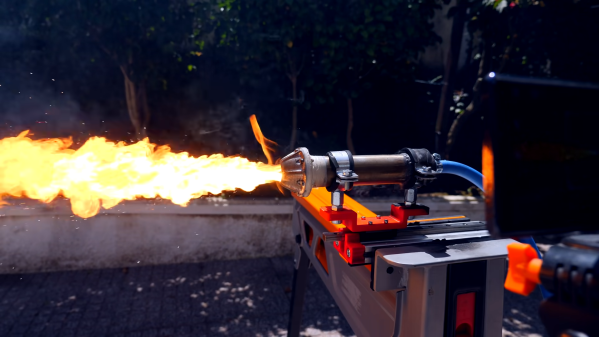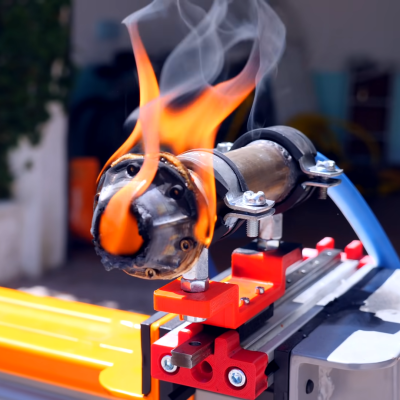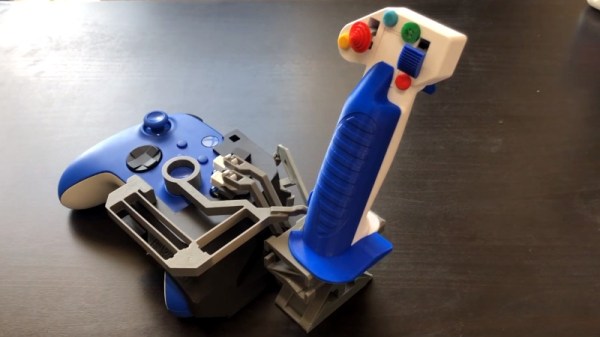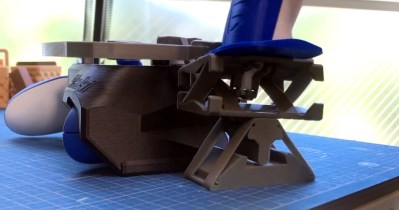Electronics might as well be a magical black box to some people. Where some would see a broken NES controller destined for the bin, [Taylor] saw the opportunity for a repair. Thus, the damaged hardware was brought back into useful service.
The controller was bought as part of a job lot, and was heavily damaged when it entered [Taylor]’s ownership. Nintendo built its hardware tough in those days, but the controller had nevertheless been smashed apart, with the case cracked and split and the PCB itself snapped in two.
For someone with basic electronics skills, though, repair was simple. The broken PCB was glued back together with epoxy. The broken traces had solder mask scraped back so that jumper wires could bridge the damaged area and return the circuit to functionality.
From there, it was a simple matter of 3D printing a new case, and the controller was back in service. The case in question was designed by [Alexander Myrman], and has a neat little inset Mario design that’s made visible by paint-filling the inlay.
While it was an easy fix, to the uninitiated in the electronic arts, it might as well be magic. It pays to remember that there are always new people joining the electronics hobby, and projects like these are a great way to learn. It’s also important to note that bringing back old retro hardware is often of great value, as in many cases, they’re not making any more! We see some great restorations around these parts, too. Video after the break.
Continue reading “Thrashed, Damaged NES Controller Gets Brought Back To Life”



